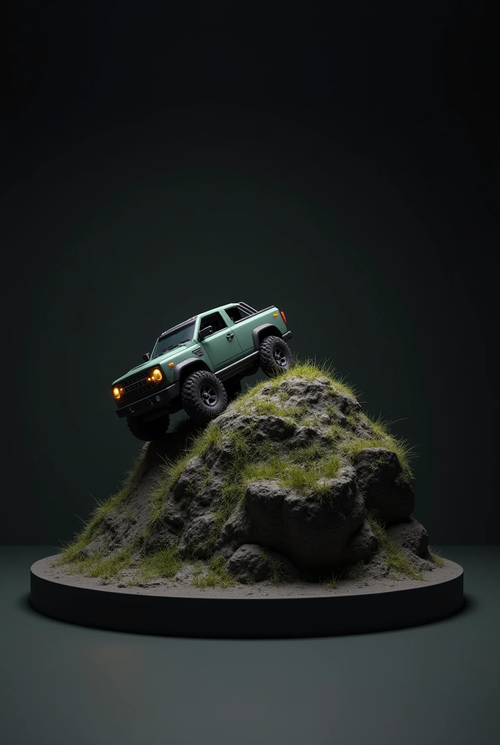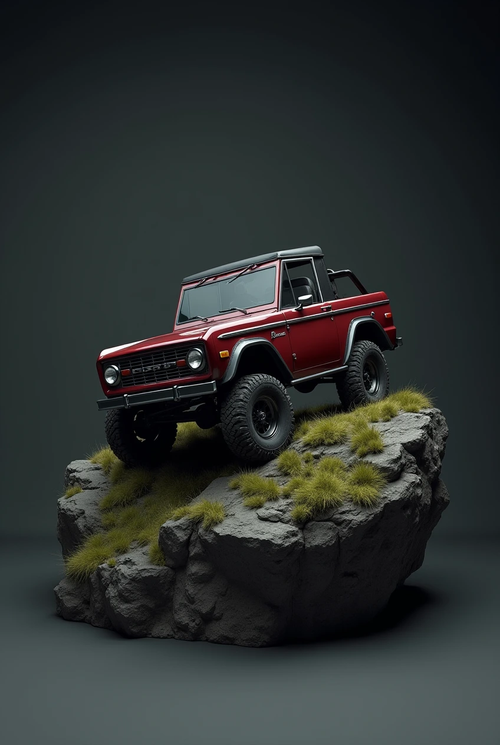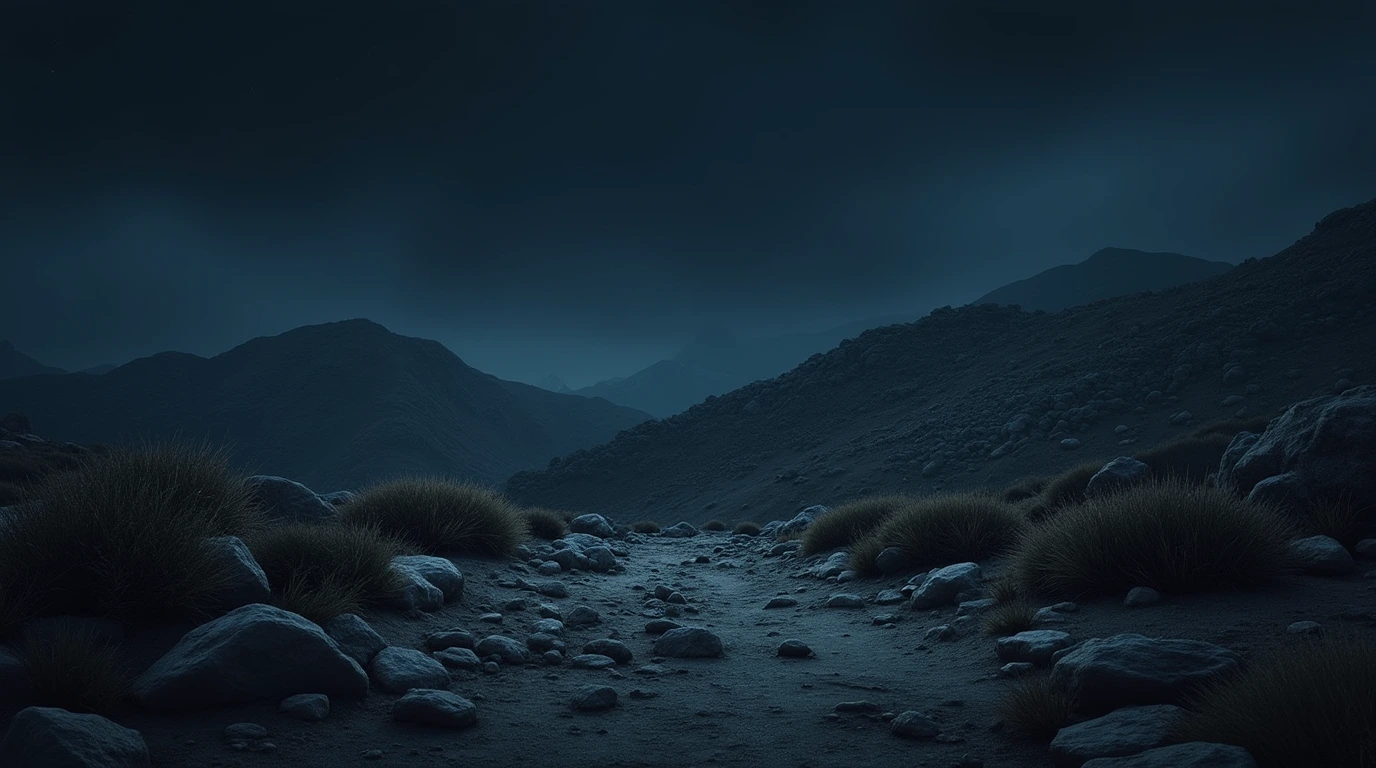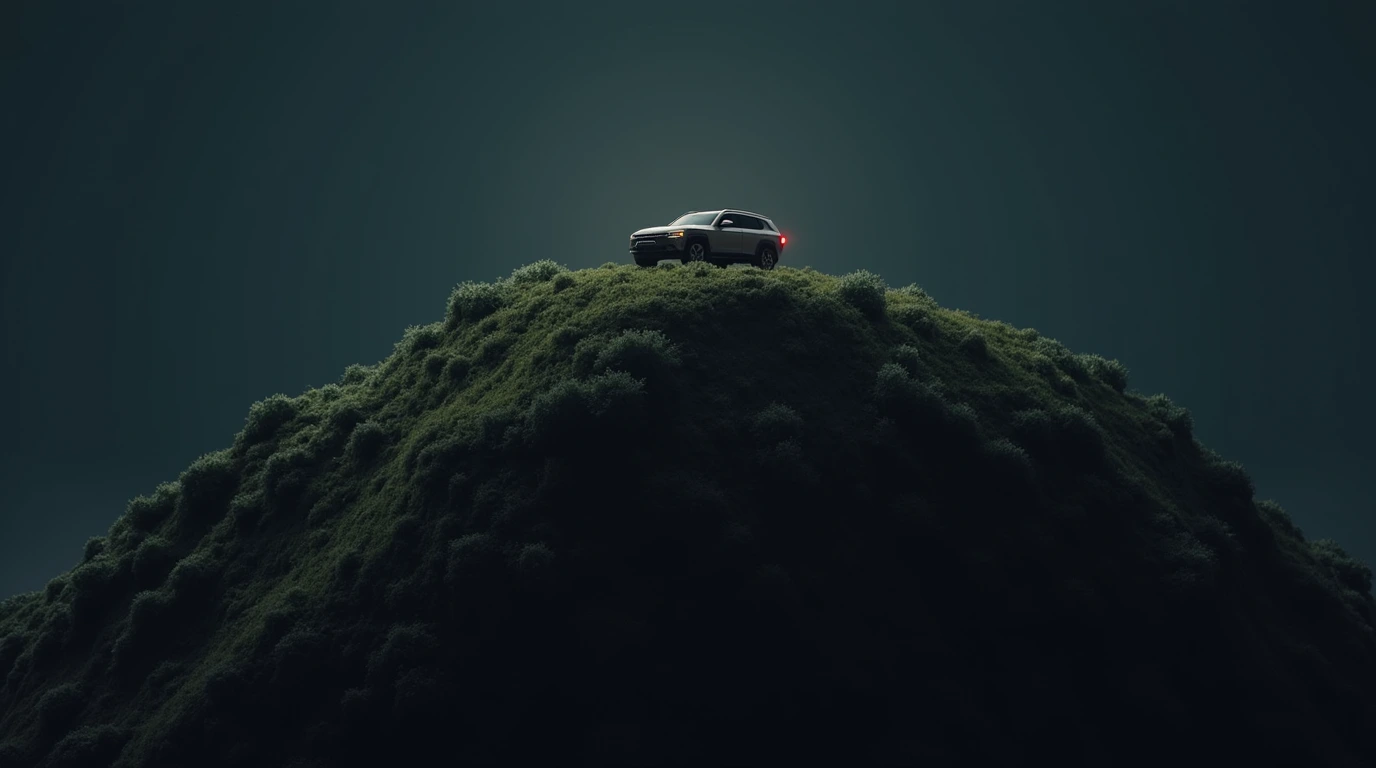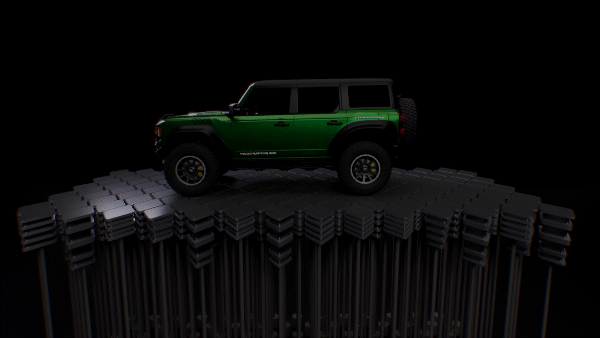
Terrain Shift
A Joyride Across a Shifting Landscape
This animation creates the illusion of a vehicle navigating dynamic terrain by animating the ground beneath a mostly stationary car like a topographic treadmill. The stylized world evokes a handcrafted diorama, blending realism with miniature scale. This approach allows full control over the car’s reactions and movements while keeping visual focus on its design and capability. The result is a cinematic showcase of performance in a surreal yet believable environment.
Inspiration
This concept was inspired by the mechanics of a treadmill and the illusion of motion created in studio car commercials or game demos, where environments scroll rather than vehicles moving through large sets. We also took cues from procedural animation methods used in real-time engines, aiming for something that’s visually complex but manageable in a traditional 3D pipeline.
Environments
The scene is set in a desolate, low-light studio environment—carefully lit to evoke both realism and abstraction. At first glance, the terrain appears natural, textured with moss and soil, but it's suspended in a void-like space that hints at something artificial. We aimed to strike a balance between a controlled studio setup and a believable off-road setting. The goal was to withhold the full context from the viewer at first sight. As the camera slowly pulls out, it reveals that the terrain isn’t part of a continuous landscape but instead floats and moves—like a treadmill. This gradual reveal reinforces the conceptual twist and draws attention to the car’s ability to conquer rugged terrain in an unexpected, stylized world.
R&D Tests
The animation process began with a conceptual shift: instead of animating a car across a large environment, we wanted the terrain itself to move beneath a mostly stationary vehicle—like a stylized, rugged treadmill. This approach allowed me to focus all the visual energy on the car’s interaction with the surface. During the ideation and R&D stage we started with creating an abstract terrain that not bound with anything natural. We then shifted towards having a surface that felt natural yet abstract enough to hint at something artificial. To create the illusion of movement, the terrain was animated to scroll, while the car’s wheels were driven by expression controllers that calculated spin based on the terrain’s motion and the wheels' radius.
Lighting was a critical part of the process; we set the scene in a dark studio space with minimal fill, using dramatic, focused highlights to sculpt the car and terrain while concealing the surrounding void. This setup helped blur the line between realism and conceptual art. The camera work was designed to reinforce the narrative arc—starting with tight, ambiguous shots that gradually pull back to reveal the twist: the terrain is not part of an open landscape but a rolling mass floating in isolation.
Final
The end result is an abstract yet grounded animation that challenges visual expectations and highlights the vehicle’s strength and presence.



